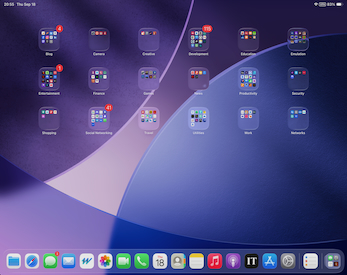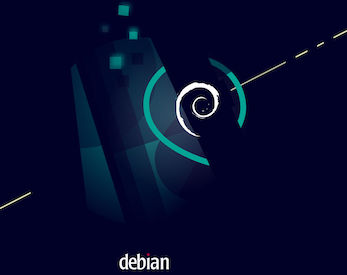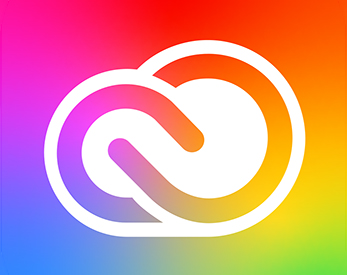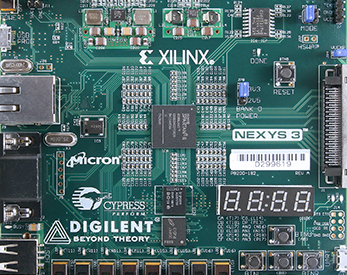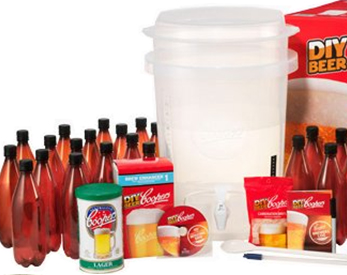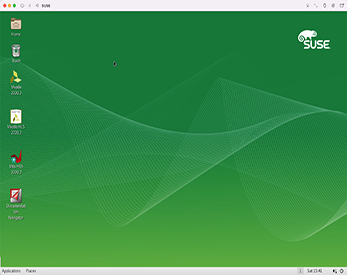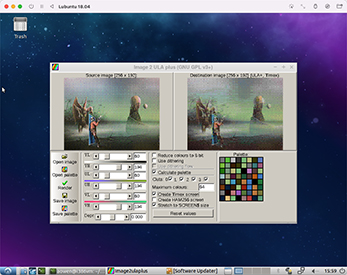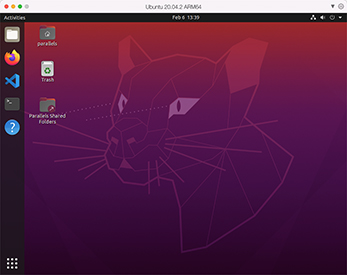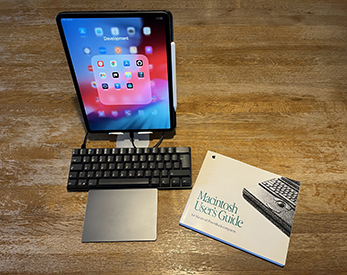iPadOS 26 is great, Liquid Glass not so much
Let’s address the transparent elephant in the room first. I don’t love Liquid Glass. It’s fine on my iPhone. The corners are too rounded on my 6.8 inch CarPlay display. If you have regular icons on your desktop on an iPad Pro, it’s a disaster. The transparency goes too far and the background icons blend into the foreground icons. I tried switching off transparency. It looks horrible. I tried permanent dark mode. Still not great. I made the icons big. That helps a lot, but it doesn’t fix it. I did finally come up with a solution: only have icon groups on your home pages. Then there isn’t so much color in the background to clash with the foreground icons. And now I can live with it. Having solved that problem, I moved on to making my iPad dock closely resemble my Mac dock.
Read More






